PURVIS Fire Station Alerting SystemTM
Automating the alerting process
- At the 911 Dispatch/Comm Center
- At the Station
- On the Go


A key, differentiating strength of PURVIS’ Fire Station Alerting System™ is its ability to alert emergency personnel no matter where they’re located. The PURVIS FSAS is uniquely sensitive to the communication needs of emergency personnel, taking into account their different roles, potential locations, time of day, and relevance to the incident. As a result, the system can integrate individuals into the alerting process via multiple channels, including radio and pager, cell phone, and/or smartphone leveraging voice, text, and data.
The PURVIS Fire Station Alerting System™ offers various options to fit your system requirements and budget. View all of our available hardware, components, and features below and save your selections for future reference via the Summary tab where you can email & download all of your preferences.
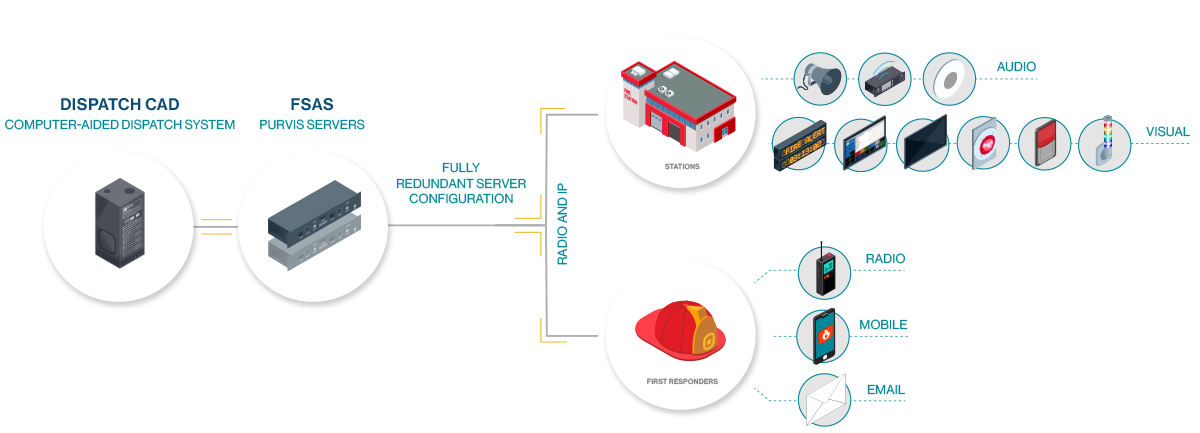
The PURVIS FSAS integrates seamlessly with a community’s computer-aided dispatch system (CAD) to automatically and nearly instantaneously deliver key incident details to necessary Fire and Rescue personnel. The PURVIS FSAS uses proven technology to convert dispatch data to natural sounding speech that is clear and easily understood. Automated announcements can be automatically broadcast over an existing radio network and simultaneously delivered to specific fire stations needed for a call. Key features include:
The “brains†of the PURVIS FSAS, the Central Server maintains connectivity and configuration information, processes CAD data to provide automated dispatch over radio and to the fire stations, and self-monitors for system health and status. While it is possible to install the FSAS with a single server, the addition of a second server provides a superior level of redundancy. With two servers deployed, both operate simultaneously in “active-active†mode. In the event of planned or unplanned downtime of one, the system automatically notifies support personnel while seamlessly continuing all operations from the second server.
Central Servers can be physical servers, virtual servers, or a hybrid combination using one of each.




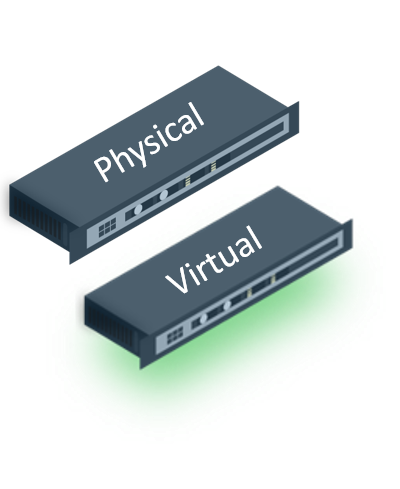

For a fully automated alerting process, the PURVIS FSAS communicates with your CAD system. The CAD interface is what makes that communication possible. PURVIS engineers have deep experience interfacing the PURVIS FSAS with a variety of CAD Systems, including but not limited to: NexGen, Hexagon/Intergraph, Motorola (Edge/Spillman, PremierOne, Premier), Central Square (Inform, Superion ONESolution, CommandCAD, IMC), Tyler Technologies/New World, EnRoute, Southern Software, ProPhoenix, and Alpine Software/RedAlert.
PURVIS currently offers three ways to interface the PURVIS FSAS with a CAD system:



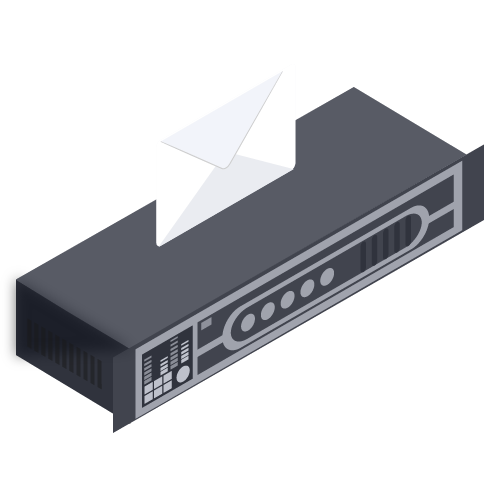

There are two ways authorized users can manage the PURVIS FSAS system:


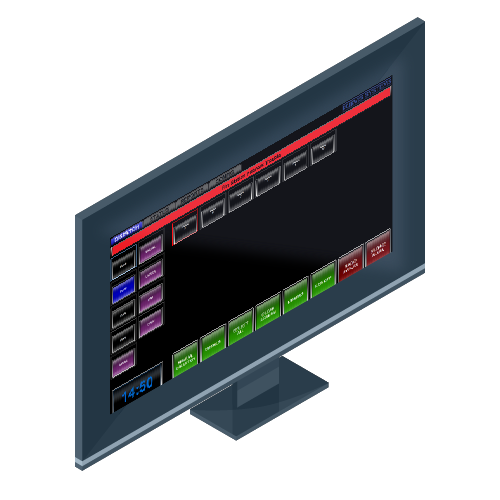


Within the fire stations, the PURVIS FSAS automates and streamlines station operations. All stations required for a specific event are alerted simultaneously via your existing network. Redundant alerting over radio, or a secondary data connection, ensures no loss of station alerting in the event of a network failure.
Key features include:
The FSAS streamlines operations and decreases response times at the station level by automating alerting throughout the station based on customer defined configurations.
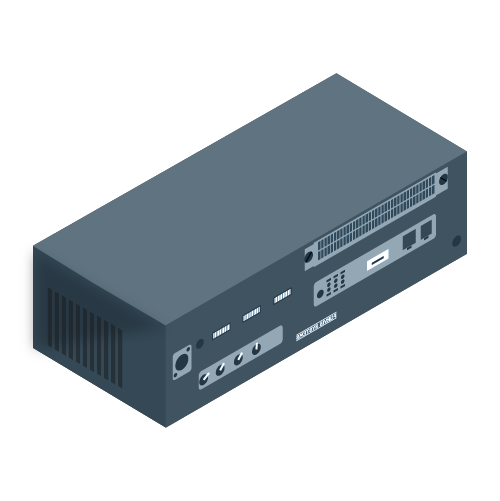



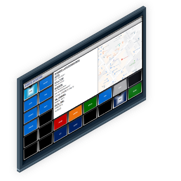

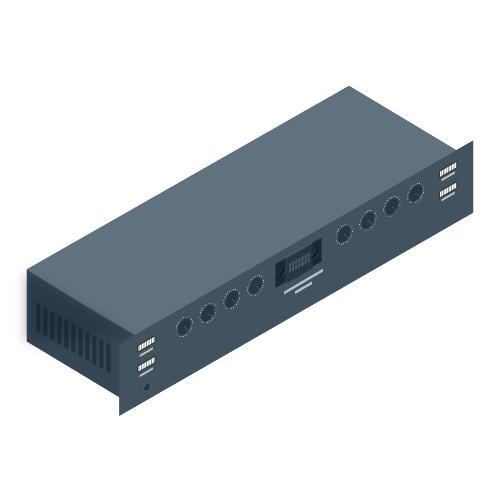

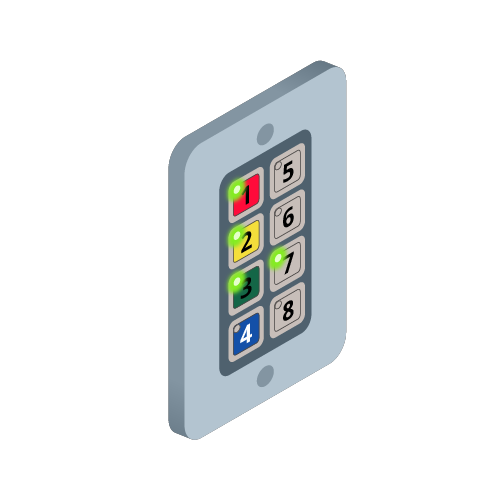

How do you want alerts delivered to the stations? The PURVIS FSAS offers options for both radio connectivity and IP connectivity. When multiple paths for connectivity are deployed, the PURVIS FSAS does not require a “primary†and “secondary†alerting path. Instead, the system can send alerts over all available connections simultaneously.
The PURVIS FSAS maintains active IP connectivity to all Central Servers, Radio Interfaces, Station Control Units, and other connected station components and devices. The status of each connection is monitored in real-time using “heartbeats.†This back-and-forth communication allows the FSAS to verify connectivity.
If the PURVIS FSAS detectes a down connection, an automatic notification is immediately sent to dispatch, station, and support personnel.

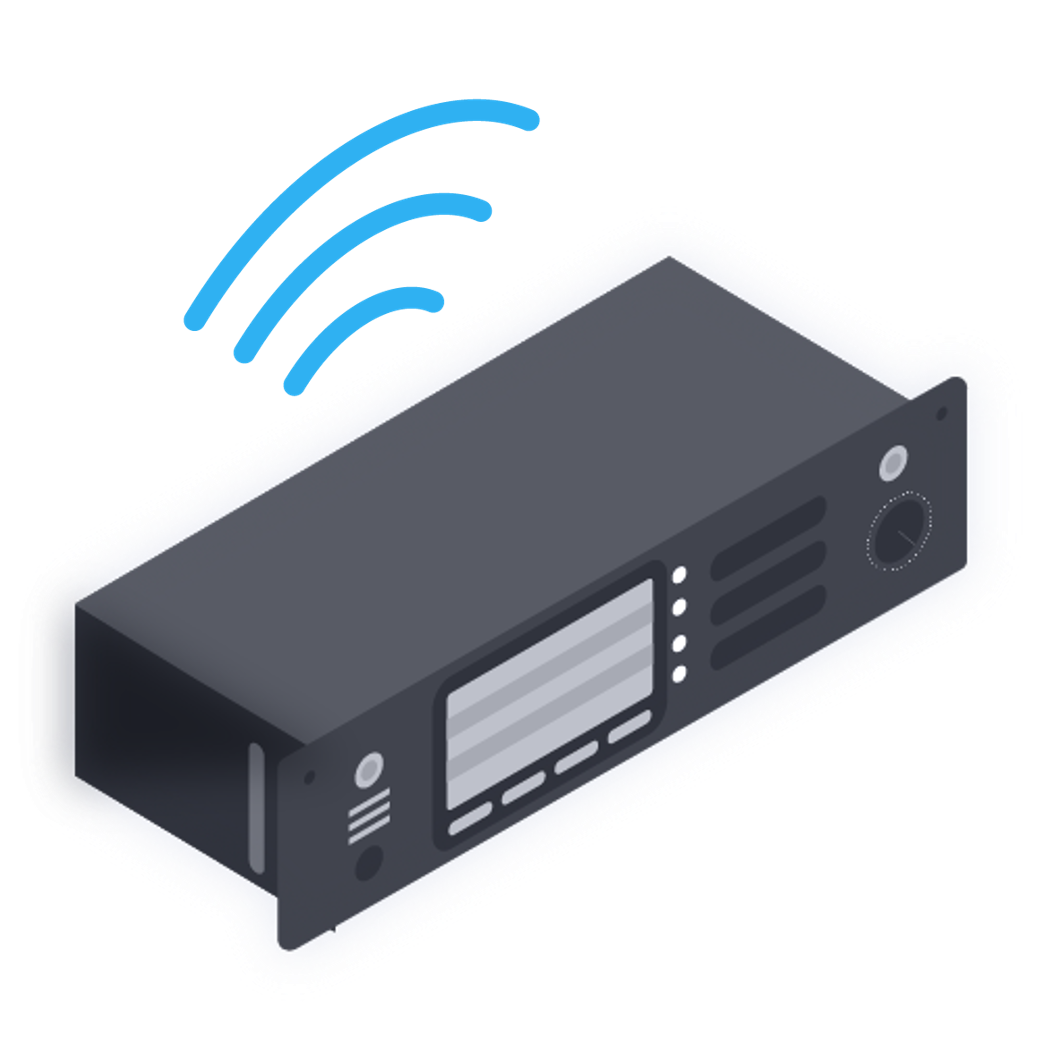

A key benefit to the PURVIS FSAS is its ability to integrate with a variety of commercially available, off-the-shelf (COTS) equipment and devices. In many cases, it is possible for a new FSAS to connect seamlessly to existing speakers and other audio devices, adding a cost-saving benefit to our clients.





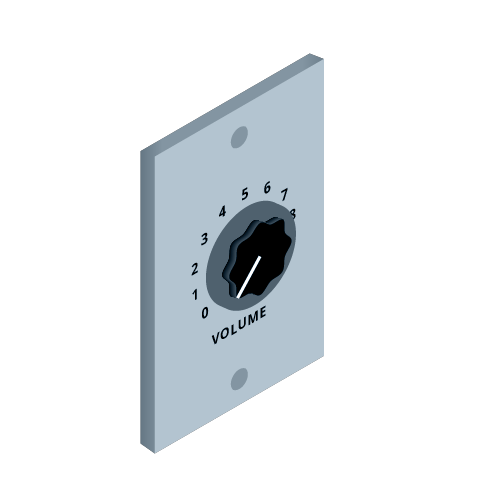

A key benefit to the PURVIS FSAS is its ability to integrate with a variety of commercially available, off-the-shelf (COTS) equipment and devices. In many cases, it is possible for the PURVIS FSAS to connect seamlessly to existing lights and other devices, such as printers, already in a station.









PURVIS offers additional station devices for the purpose of increasing security, situational awareness, and quick manual functions, such as system activation or incident acknowledgement.







A radio interface allows the PURVIS FSAS to communicate with your radio system for redundant and on-air dispatching purposes. PURVIS currently has three options for connecting the FSAS with radio systems:




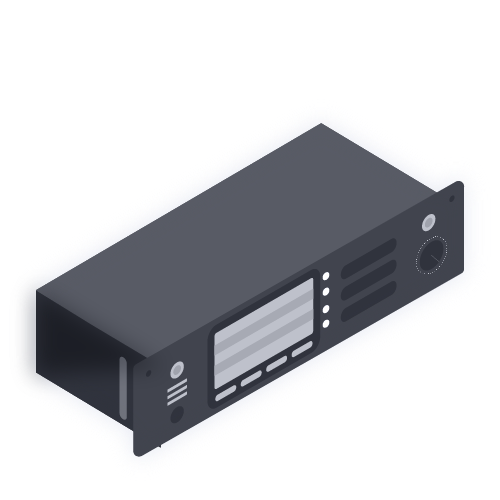

Situational awareness is critical when responders are on the go. With that in mind, the PURVIS FSAS offers the ability to transmit alerts and other incident information beyond the station via email, SMS, and our Mobile Application.
View Features

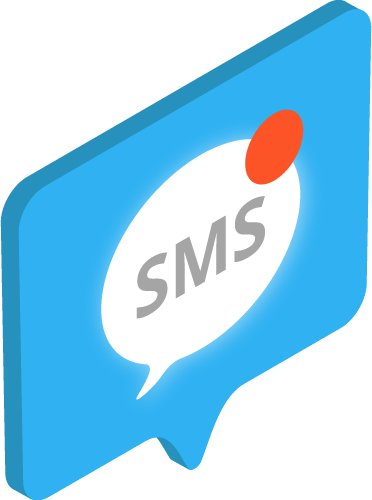


Send an email with these build details.
Regardless of your size or location, our 45+ years of experience in public safety uniquely equips us to understand our clients’ needs and challenges then develop, implement, and support solutions that bring peace of mind. We’d love to hear about some of your organization’s unique challenges and needs, and then design a custom-tailored plan to help address your concerns. Reach out if you’re interested in learning more or have questions for our team.